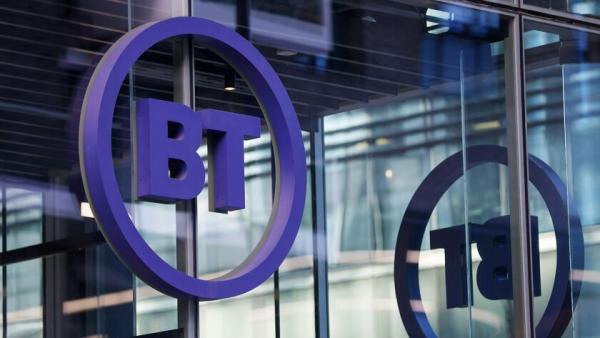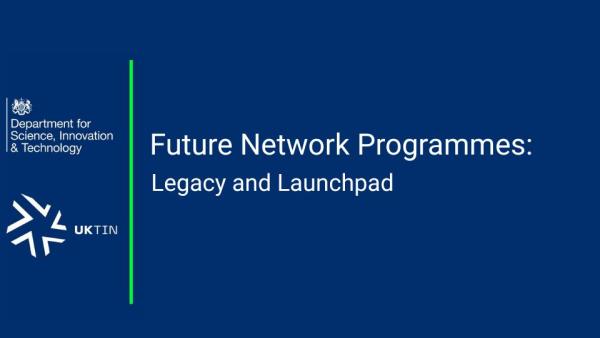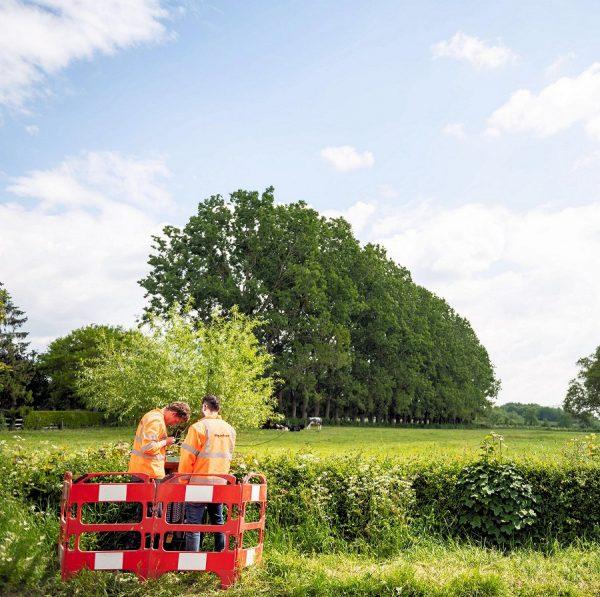
As the Future Network Programmes conclude, UKTIN is working with DSIT to reflect on the government-funded projects, outlining the key outcomes and the lessons learned to help improve future telecoms initiatives.
By supporting Open RAN, the UK government aims to stimulate innovation in the telecoms sector, enabling new players to enter the market and develop advanced network management solutions. The RIC enables intelligent control and automation of the RAN, making the network more dynamic and adaptable to changing conditions and user demands. AI is fundamental to the process, which aligns with Labour’s plans to make the UK a world leader in this technology.
ARIANE
The ARIANE project has installed and simulated a real-world Open RAN small cell deployment in a controlled test environment in an operator lab. This was achieved using the VIAVI AI RAN Scenario Generator (AI RSG) alongside two RIC platforms: the OSC RIC (an open-source near-real-time RIC from the Open RAN Alliance) and the VMware RIC (a commercial non-real-time and near-real-time RIC).
Leveraging these platforms and with support from the VIAVI AI RSG team, ARIANE consortium vendors NetReply, HCL, and Amdocs conducted tests in the lab and at BT Adastral Park. The tests focused on four key use cases: energy reduction (Amdocs and NetReply), performance benchmarking of the E2 interface across RICs (HCL), traffic steering and predictive load balancing (HCL and NetReply), and QoS-based resource optimisation (NetReply).
All the vendors used the VMWare RIC but HCL developed and deployed two of its applications—Benchmarking and Advanced Traffic Steering—across both RIC platforms, further expanding the project’s scope and technical depth.
The apps’ performance tracking before and after training delivered impressive results. Amdocs’ Energy Saving app, which optimises network energy consumption through traffic prediction (Load-Adaptive Mode), showed a 20% reduction in power usage at the BT Lab—from 4.8 kW to 3.85 kW/h. Similarly, NetReply’s Energy Saving app demonstrated an 18% reduction.
The project is in its final phase and is focused on two elements: the impact of applications running simultaneously on network resources, and the effect of embedded security on performance. The project has demonstrated strong collaboration among partners and adherence to O-RAN Alliance standards for R1 and O1 interfaces can help overcome critical deployment challenges, making Open RAN software modules in commercial environments a viable reality.
Vishal Mathur, Telecom Infra Project (TIP), said: “These outcomes highlight the potential for telecom networks to significantly reduce the energy required per bit of data transferred, combined with less carbon-intensive energy production. This benefits both the operator and the environment. I see ARIANE as a lighthouse project, which will set forth a vibrant marketplace of TIP-certified rAPPs/xAPPs that can be commercially deployed in operator networks.”
ECO-TAP
The Energy-efficient Composable Optical Topologies for Assembled Processing (ECOTAP) project is revolutionising Open RAN processing by significantly enhancing energy efficiency in data centres and edge computing. With global ICT energy consumption growing rapidly, ECOTAP introduces a novel Hybrid Cellular-Switched Topology that optimises server disaggregation, reducing power consumption and improving resource utilisation.
By integrating advanced optical networking technologies and machine learning-driven processing steering, ECOTAP aims to achieve a 100-fold improvement in network energy efficiency. The initiative is led by Ultracell Networks Ltd, in collaboration with King’s College London, and builds on pioneering research in energy-efficient data networking.
A central focus of the project has been demonstrating how disaggregated server architectures can be applied to Open RAN, allowing more flexible and energy-efficient computing at the network edge. By dynamically composing and deconstructing servers as needed, ECOTAP helps operators reduce operational costs and carbon emissions, paving the way for more sustainable telecom infrastructure.
Dr Azza Eltraify, VP of Operations and Engineering, said: “ECOTAP is at the forefront of energy-efficient Open RAN innovation. By introducing the novel disaggregated architecture, we aim to reduce the power consumption of server-to-server networks by up to two orders of magnitude. This project will drive energy efficiency and create new opportunities for sustainable telecom solutions in the UK, and beyond.”
HiPer-RAN
The HiPer-RAN project, led by the University of Surrey, successfully developed innovative solutions to advance the UK's mobile telecommunications infrastructure by addressing key challenges in software automation, efficiency, and system performance within Open RAN environments.
The project has developed a new O-DU with a non-linear signal processing framework with intelligence-driven enhancements for improved spectral and power efficiency, and stronger connectivity. The team also introduced a scalable, interoperable RIC design, enhanced anomaly detection and protection against compromised E2 nodes. The advancements in energy efficiency Open-RAN Networks have enabled flexible O-RU and O-DU solutions and optimised the use of advanced xApps/rApps.
HiPer-RAN has created MIMO transmission techniques and joint scheduling for improved resource management. In addition, the project’s experts have introduced a hybrid intrusion prevention system to safeguard RIC operations and smart RRM solutions that support radio slicing and efficient MIMO processing. Standardisation is a key focus, driving features such as energy-saving mechanisms and RAN slice SLA assurance into industry frameworks.
Prof. Konstantinos Nikitopoulos, the HiPer-RAN Project Lead, said: “HiPer-RAN accounts for the entire Open RAN architecture and delivers solutions to high-demand density deployments, open and interoperable software, and barriers to large-scale market adoption. Its innovations pave the way for truly Open networks that could reshape the mobile ecosystem, influence future standards, and strengthen the UK’s leadership in this critical field. It is a very exciting project that brings together partners with complementary expertise to transform how we design, develop, and manage telecom infrastructure. HiPer-RAN could revolutionise future RAN developments and the wider UK telecoms ecosystem.”
YO-RAN
YO-RAN (Yorkshire Open RAN), led by the University of York, is a collaborative effort between two leading Yorkshire universities, several specialist equipment developers, and network operators. The project aims to advance Open RAN technology and address the lack of affordable, generic RUs with configurable multi-band capabilities.
The team has developed RUs that connect to suitable DUs through efficient fronthaul interfaces, managed by AI-powered xApps in a RIC capable of dynamically responding to network users’ diverse needs. xApp collects and prepares the network KPM for model training and serves different xApps that optimise the network performance. YO-RAN has then developed a scalable AI-powered energy-saving xApp that can significantly reduce the energy consumption of dense networks, when demand is low, without compromising the coverage and quality of service.
YO-RAN has developed a state-of-the-art O-RAN testbed of interacting commercial and open-source components. The project will host three demonstrations at Mobile World Congress 2025 in Barcelona and has two early-stage spin-offs. It also won the best student paper award at IEEE WINCOM 2024.
Dr Ahmadi, the work package lead, said “YO-RAN is an exciting and unique project, made with varied and complementary expertise. We tested our O-RAN AI-powered energy-saving xApps on digital twins and testbeds, achieved through close collaborations with our industrial partners. The project has excited and empowered the innovative minds of our energetic early career researchers, leading to IP generation and commercialisation activities, published academic papers and demonstrations. YO-RAN should have a lasting impact on our region and communities.”









